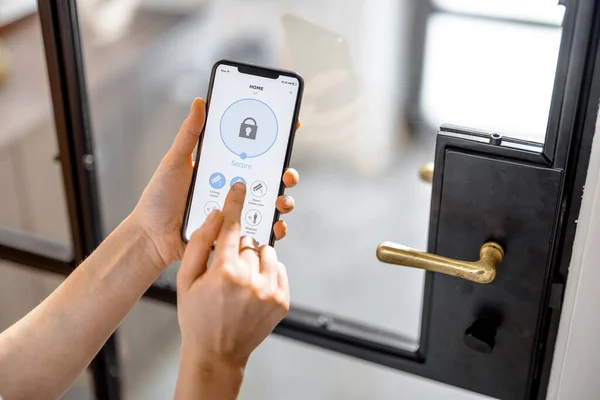
“It’s not the age, it’s the mileage,” Indiana Jones wisecracked and for older adults everywhere, that mileage manifests in grip strength, reaction time, and even vision. In home defense, those differences are more important than most people understand. The reliable handgun that once became an extension of the arm many years ago can now feel clumsy, snappy, or simply uncomfortable to use.
The silver lining? There’s no lack of choices that weigh protection against comfort, safety, and convenience. From low-recoil firearms to non-lethal devices, seniors can customize their home defense strategy to adapt to their present skills without compromising self-assurance.
This handbook dissects the most useful, age-appropriate options citing why each one is effective, and where to be cautious of insidious pitfalls. Whether the objective is to make things easy, cut back on effort, or add dimensions of security, these concepts can make the choice a whole lot simpler.
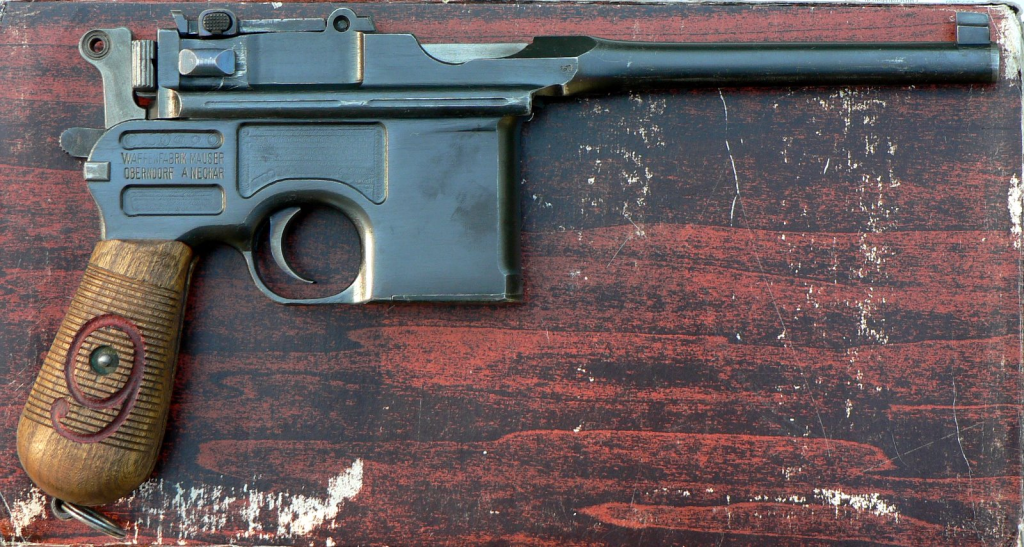
1. Why Handguns Aren’t Always the Easiest Pick
Semi-automatic handguns require more than mere target alignment they take hand strength to rack slides, load mags, and deal with recoil. For older people with arthritis or decreased dexterity, even shorter models can be problematic. Subcompact handguns tend to have tighter springs and smaller grip surfaces, which make them less controllable. Revolvers, frequently recommended as “simpler,” are heavy and suffer from stiff double-action triggers that stress finger joints. In each instance, diminished control under duress can increase the likelihood of negligent discharges.
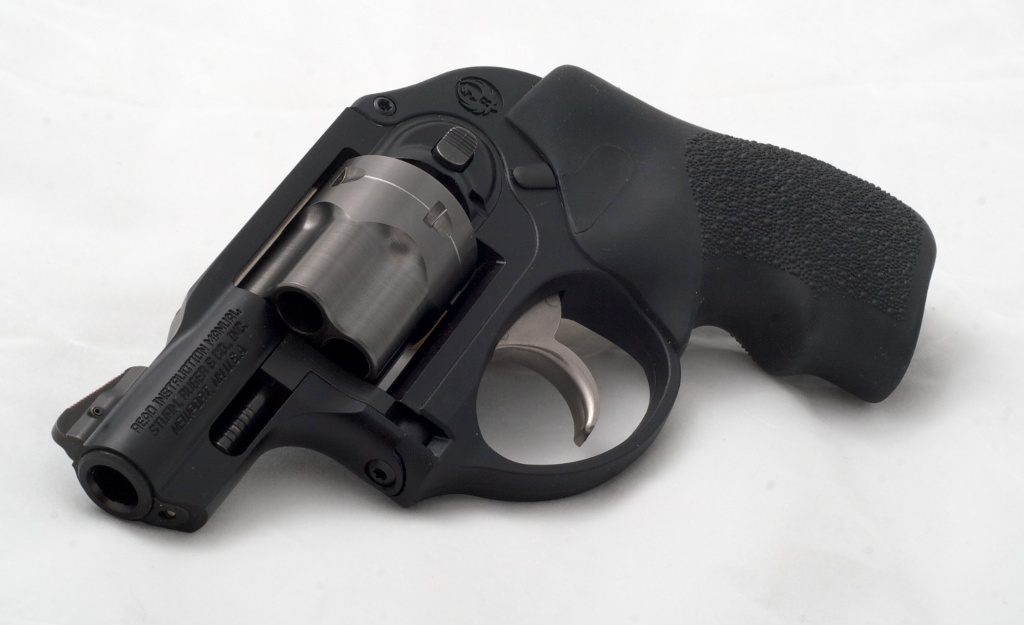
2. The Revolver Reality Check
Although revolvers sidestep the necessity of racking a slide, they’re not necessarily senior-friendly by default. Sturdy steel frames fatigue arms rapidly and trigger pulls of over 10 pounds are common for standard double-action triggers. Even lightweights such as the Ruger LCR with its padded grip and smoother trigger maintain limited capacity at five or six rounds. In terms of arthritis sufferers, sustained aiming or repeated trigger pulling may prove uncomfortable, and it’s therefore advisable to try before buying.

3. Shotguns: Power At What Cost
Pump‑action and even semi‑automatic shotguns bring lots of stopping power, but also weight and recoil that can make regular practice difficult. Pumping a pump under pressure requires coordination and strength, and shooting heavy loads hurts the shoulder. Reduced‑recoil shells improve matters, but a lot of seniors find they just don’t practice enough with shotguns to feel confident. Without regular use, that power advantage works against you.

4. AR‑Style Rifles and Learning Curve
Lightweight .223/5.56 AR‑15s have minimal recoil versus shotguns, and adjustable stocks accommodate varying body sizes. However, to beginners, the controls might seem complicated. Customization is a benefit, but it is also part of the learning curve. Seniors familiar with rifles might enjoy ergonomics, but to those coming in from scratch, a less complicated platform would be easier to use.
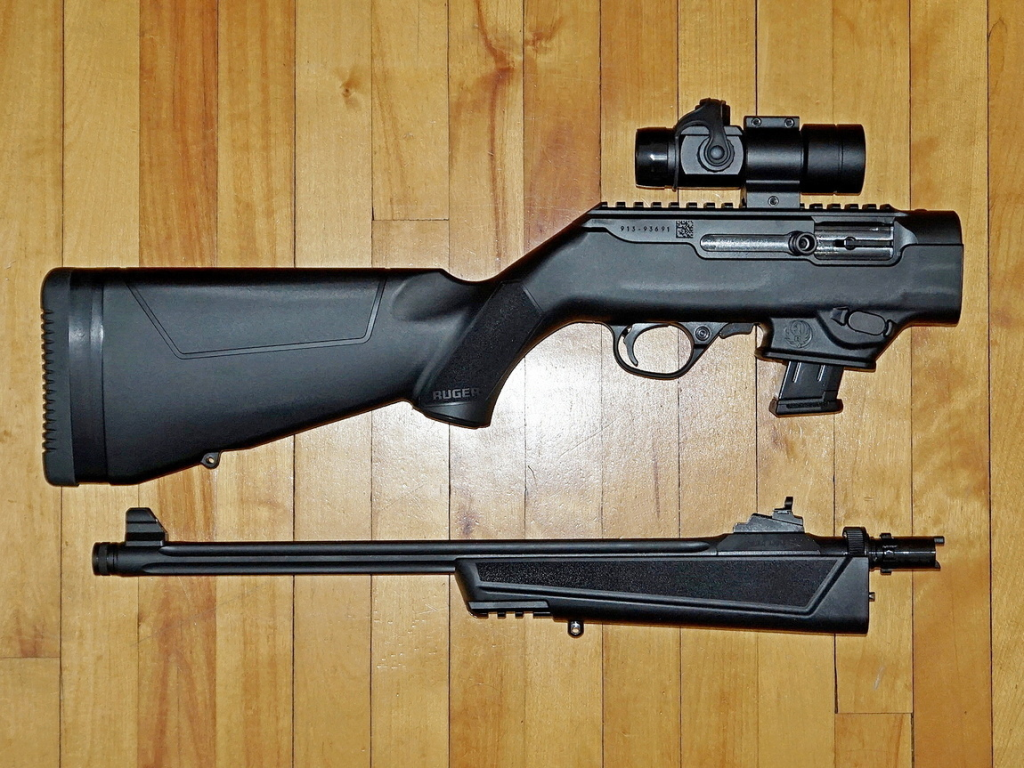
5. PCCs: The Middle Ground Winner
Pistol‑caliber carbines (PCCs) such as the Ruger PC Carbine combine the ruggedness of a rifle with the gentler recoil of a handgun cartridge. They have longer barrels that minimize muzzle rise, placing the next shot on target in a hurry, and many take the same magazines as favorite pistols. Since they are heavier than pistols but lighter than rifles, they couple recoil control with manageable weight. At home defense ranges, that combination is a winner.
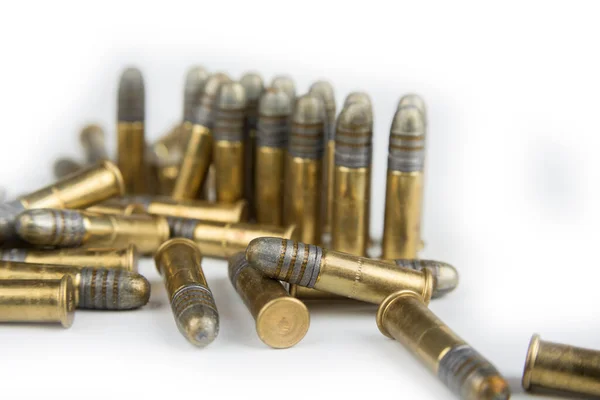
6. 380 and Low‑Recoil Rimfire Choices
For those concerned with comfort, low-recoil cartridges such as .22 LR, .22 WMR, or .380 ACP can make firing much less strenuous. The Ruger Security-380 with Lite Rack system or the Smith & Wesson Shield EZ are examples of pistols that are made for smooth slide operation and light trigger pulls. While less potent cartridges sacrifice some stopping power, carefully placed shots with expanding bullets can still be effective in close-quarters defense.

7. Vision‑Friendly Aiming Upgrades
Old eyes appreciate technology. Red‑dot optics, such as Trijicon’s RMR, permit rapid target acquisition without ideal sight alignment, and laser sights can assist with accuracy while holding the gun in less‑than‑ideal positions. Glasses wearers can benefit from having lenses ground with the reading plane at the top, which can sharpen front sights in a shooting stance. Such upgrades can preserve shooting confidence well into advanced age.

8. The Forgotten Fun Factor
If a gun is uncomfortable to shoot too loud, too heavy, too painful it’ll likely collect dust. Selecting something truly enjoyable will invite frequent practice, which develops skill and confidence. Whether a light‑recoiling .22 rifle or a smooth‑cycling PCC, comfort and pleasure aren’t extravagances they’re part of what will make a defense plan work.
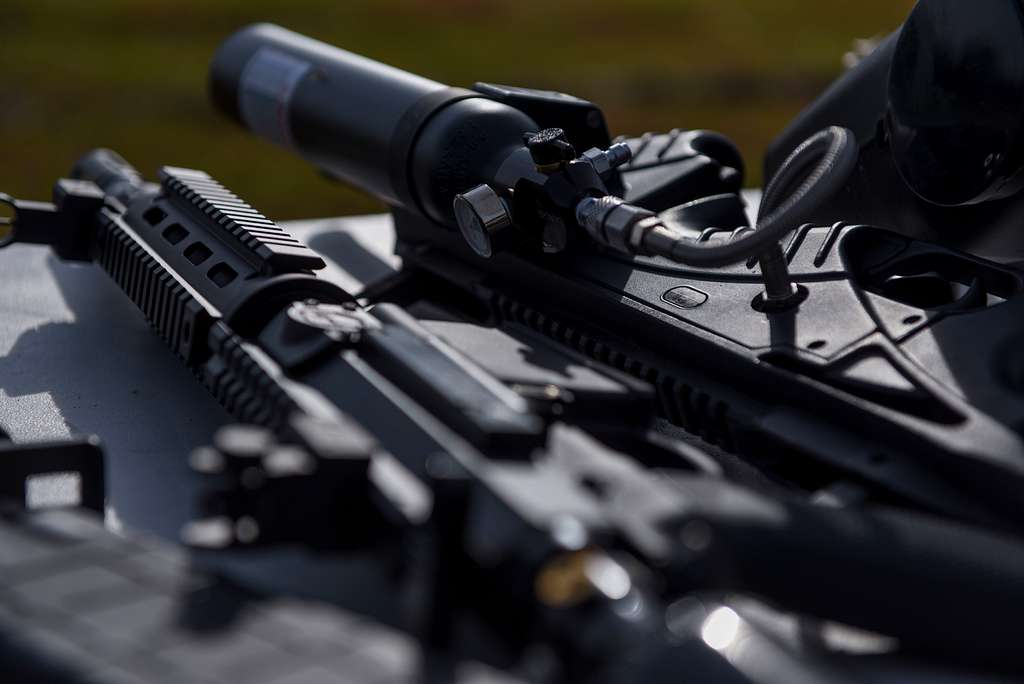
9. Non-Lethal Devices for Extra Layers
Not every situation calls for a firearm. Pepper spray, tasers, and personal alarms offer quick, low‑maintenance ways to deter threats without lethal force. For seniors uneasy about handling guns, these tools can be primary defenses; for others, they work as backups. The key is choosing devices that are legal locally, easy to operate under stress, and stored where they can be reached quickly.
Home protection for seniors is not necessarily about discovering the most effective weapon it’s about discovering the most practical fit. The ideal choice must combine ease of use, safety, and training on a regular basis without causing distress. That could be a PCC, a low‑recoil pistol, or a combination of lethal and non‑lethal equipment, the objective is the same: to feel prepared, capable, and confident to protect what is most important.


